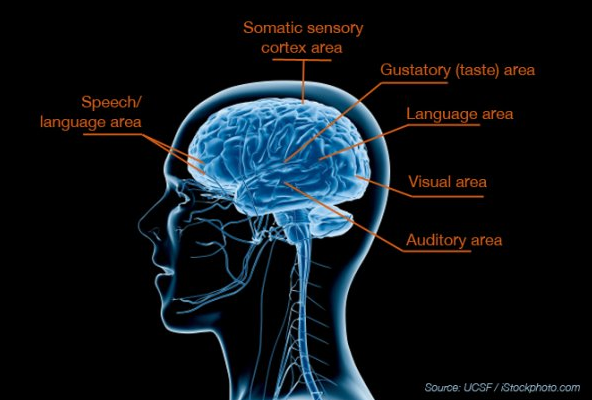UCSF Study Finds Biological Basis for Sensory Processing Disorder
Sensory processing disorder is a complicated and controversial condition that affects between 5 and 16 percent of children. Because so little is known about the disorder, many doctors fail to diagnose patients with the condition, believing the symptoms of SPD are caused by other illnesses, such as autism or attention deficit hyperactivity disorder. Scientists from UCSF are changing the widespread doubt about sensory processing disorder, and proving that there may, in fact, be major biological differences in the brains of children with sensory processing problems compared to typically developing children.
The main marker for children with SPD is inability to process stimulation. However, there is a wide range of symptoms including hypersensitivity to sound, sight and touch, poor fine motor skills and easy distractibility. Many children who suffer from SPD possess an unbearable and overwhelming sensitivity to noises and other sensations that most children can ignore. Unfortunately, because the disorder is so often misunderstood, most of these children fail to get the support and treatment that is necessary for their conditions.
In a groundbreaking new study from UCSF, researchers have found that children affected with SPD have quantifiable differences in brain structure, showing a biological basis for the disease that sets it apart from other neurodevelopmental disorders for the first time. Until now, SPD hasn’t had a known biological underpinning. Our findings point the way to establishing a biological basis for the disease that can be easily measured and used as a diagnostic tool.
The study relied on an advanced form of MRI called diffusion tensor imaging, which gives information about the brain's white matter – essential for perceiving, thinking and learning. The findings found that those patients with SPD have abnormalities focused in a different region of the brain than those characteristic of children with ADHD or autistic spectrum disorders.
If we can better understand SPD and how it is affecting patients, we will have a better understanding of sensory processing in general. This will lay the foundation for studying and evaluating children with neurodevelopmental challenges including autism, ADHD and beyond.
For more information on the study, please read the published works in NeuroImage: Clinical.

